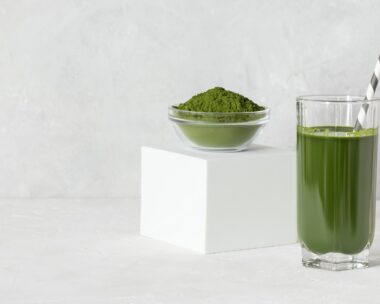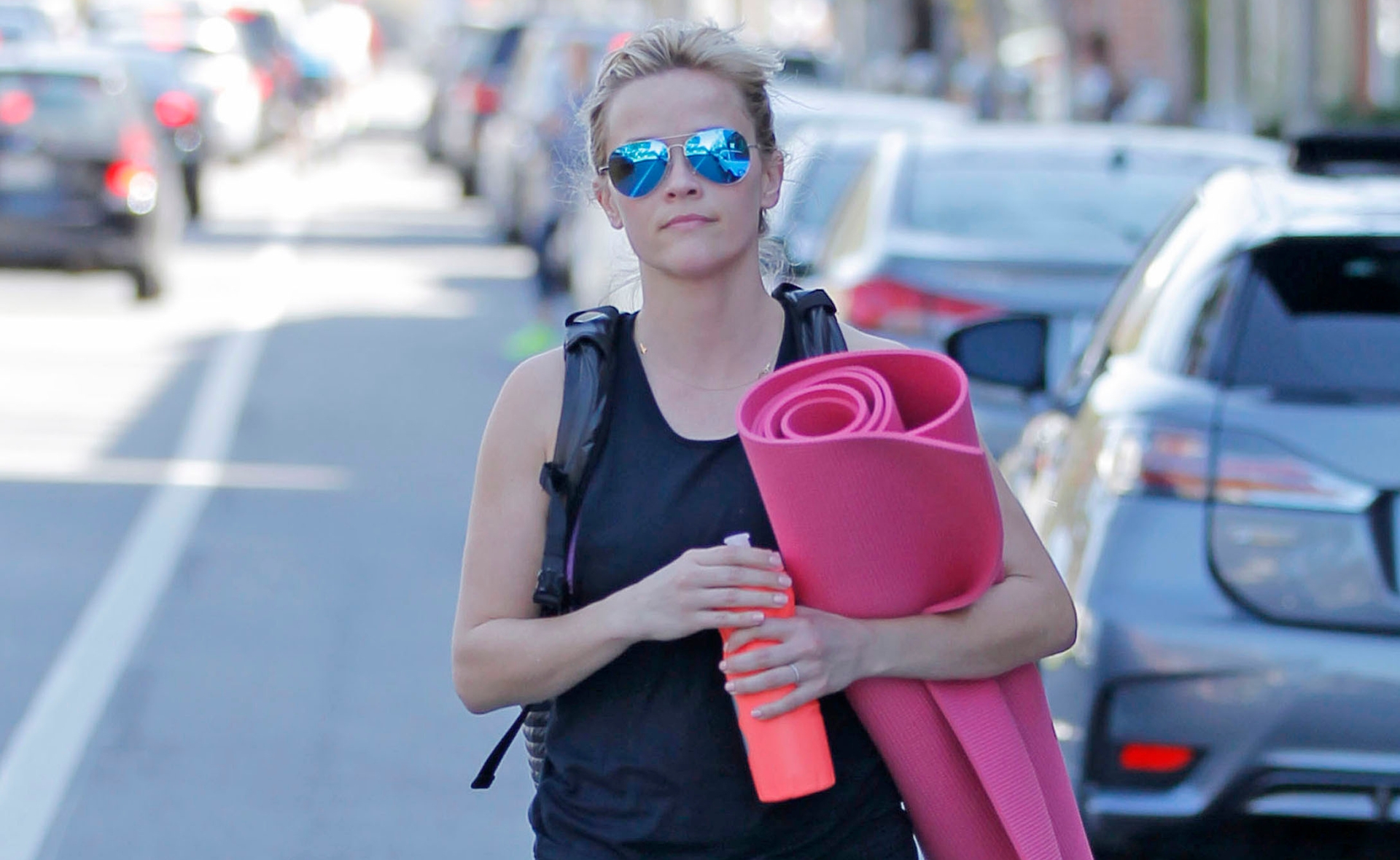Coeliac disease is the permanent intolerance to a protein called gluten, and currently affects approximately 1 in every 100 Australians.
The disease involves an autoimmune reaction to the intake of gluten, causing the lining of the small intestine to become damaged and nutrients to be poorly absorbed. Upon diagnosis of coeliac disease, a diet completely free of gluten should be followed to prevent future health problems. The thought of preparing gluten free meals for friends or family members with Coeliac disease may at first be overwhelming, but we’ve got some simple ideas and tips to get you well on your way.
Tips to get you started
It’s important to be aware of a few key foods to avoid when preparing gluten free meals. Gluten-containing grains include wheat, barley, rye, triticale and oats, also varieties of wheat such as spelt, kumat and durum wheat, as well as foods made from wheat including cous cous, semolina and burghul should be avoided in a gluten free diet. The good news is a large variety of nutritious whole foods are naturally free of gluten, including fresh fruit, vegetables, legumes, milk, egg, rice, corn, nuts, seeds, oil, seafood, poultry and unprocessed meat.
Full lists of gluten-containing and gluten free foods are quite lengthy and can be hard to remember when you’re out grocery shopping, so here are some simple tips for deciphering food labels:
While it can take some time in the beginning, reading all your food labels is worth the effort in the long run. While foods like bread and pasta are obvious sources of gluten, many foods you might not suspect like sauces, soups and ice cream can all contain gluten as well.
A “gluten free” label means that a product has been shown to contain no detectable gluten.
Avoid products that use “contain” statements in regards to gluten containing grains – e.g. “contains wheat products”. These statements can be found below the ingredient list.
Avoid products with the statements “may contain” regarding gluten or gluten containing grains – e.g. “may contain traces of wheat”. These products are at genuine risk of containing gluten.
If in doubt contact the manufacturer – if after reading the label you are unsure if the product is gluten free or not, contact the manufacturer who can confirm whether or not the product is suitable.
Other handy household hints to ensure foods remain gluten free include washing utensils thoroughly to remove all traces of gluten; avoiding getting gluten free bread sliced at the bakery as the slicer may have traces of gluten present; use separate water in a clean pot for cooking gluten free pasta and check shared spreads and dips for any crumbs which may be a source of gluten or keep separate containers of each for gluten free use only.
Planning and preparing gluten free meals may seem tricky at first, however there are lots of delicious and easy recipes available. You could try making gluten free based tomato sauce served with gluten free pasta and a side salad; gluten free wraps with fresh salad fillings; baked potatoes with kidney beans and reduced fat cheese; or a tofu and cashew nut stir-fry served with rice.
Brought to you by The Sanitarium Nutrition Service, www.sanitarium.com.au




